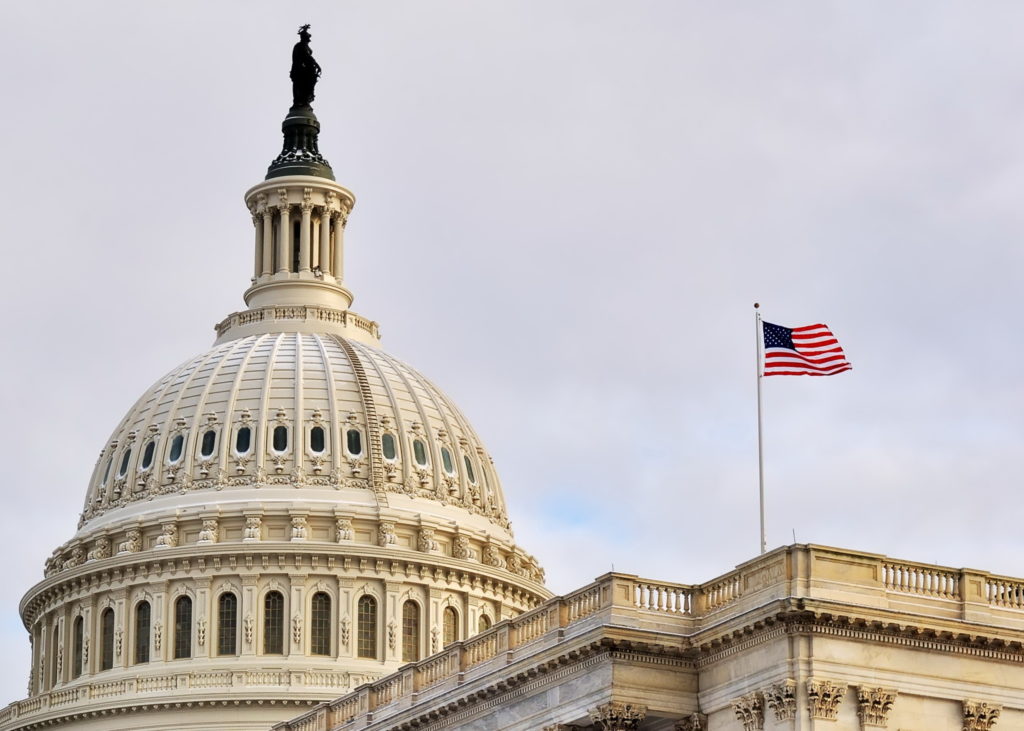Labor Reform Would Hold Union Elites Accountable

This op-ed column was originally published at TheHill.com
Rick Berman, CUF Executive Director
To most Americans, union America is a foreign country.
In 2016, 14.6 million U.S. employees were union members—10 percent of the workforce. Little more than six percent of private-sector employees belonged to a labor union last year. The labor movement’s heyday in the 1950s—when one-third of U.S. workers were union members—is behind us.
Organized labor’s steady decline has insulated the mainstream media and general public from the very real plight of union members, many of whom neither voted for union representation nor have a chance to dump the union label. And it has left many Americans oblivious to the staleness of federal labor law.
The last substantial update to U.S. labor law was the 1947 Taft-Hartley Act, which allowed employers to file unfair labor complaints against overzealous labor organizers after decades of chaotic strikes and violence.
Little has changed since then. The current system fails to provide substantial legal protections to union members and employees facing an organizing campaign. One example is the private vote. Labor organizers can legally unionize a workplace without a secret ballot election ever taking place. They often force employees to publicly sign authorization cards accepting union representation, and then threatening employers to accept the card signatures as a valid indicator of worker sentiment.
As you can imagine, these so-called “card check” campaigns leave employees (and employers) vulnerable to intimidation. Card signatures are typically collected in open areas with several labor organizers present. Oftentimes, the organizers show up at the employee’s home. According to the most recent National Labor Relations Board (NLRB) data, only 60 percent of unionization drives involve a government-supervised secret ballot election. The other 40 percent involve public card signings.
Joining a union has never been easier—for the few who want one, at least. The Obama-appointed NLRB issued dozens of rulings to ease union organizing. Its 2011 Specialty Healthcare decision enabled
But leaving a union is nearly impossible. Under current labor law, union officials rarely face recertification elections—even when a workplace experiences significant turnover. Today’s unions are essentially grandfathered in from generations past, so many employees are “represented” by their predecessors’ union officials. Less than 10 percent of union members ever voted for the union currently “representing” them.
How many local unions get voted out each year? Less than one percent. Yet polling shows that 25 percent of current and past union members have a negative view of union leadership, suggesting that decertification rates should be much higher.
Why the disconnect? The law makes it more difficult to get out than get in. Union America is no democracy.
Fortunately, Rep. Phil Roe (R-Tenn.) just introduced a way to democratize it: The Employee Rights Act (ERA). Amassing 170 co-sponsors last session, the ERA is the most comprehensive labor reform package and the most substantial update to American labor law since the 1940s. The bill would finally require secret ballot union votes and periodic recertification elections once a workplace reaches 50 percent turnover after the last election. These provisions simultaneously strengthen employee privacy and representation.
The ERA would also require union officials to obtain opt-in permission from their members before spending dues money on political advocacy. Under current labor law, employees do not have the right to affirmatively sign off on their dues money sent to liberal advocacy groups.
Since 2012, union leadership has sent more than $530 million to the Democratic Party and liberal special interest groups, even though 40 percent of those in union households vote Republican in any given election cycle. Conservative union members are forced to sit idly by as their “representatives” hijack dues dollars for political purposes. The ERA would remove the advocacy loophole.
Not surprisingly, national and regional polls show that 80 percent of those in union households support the ERA’s key provisions.
Union members are ready for labor reform. Is Congress?
A vote for employee rights will separate those in favor of workplace democracy and those favoring union elites.